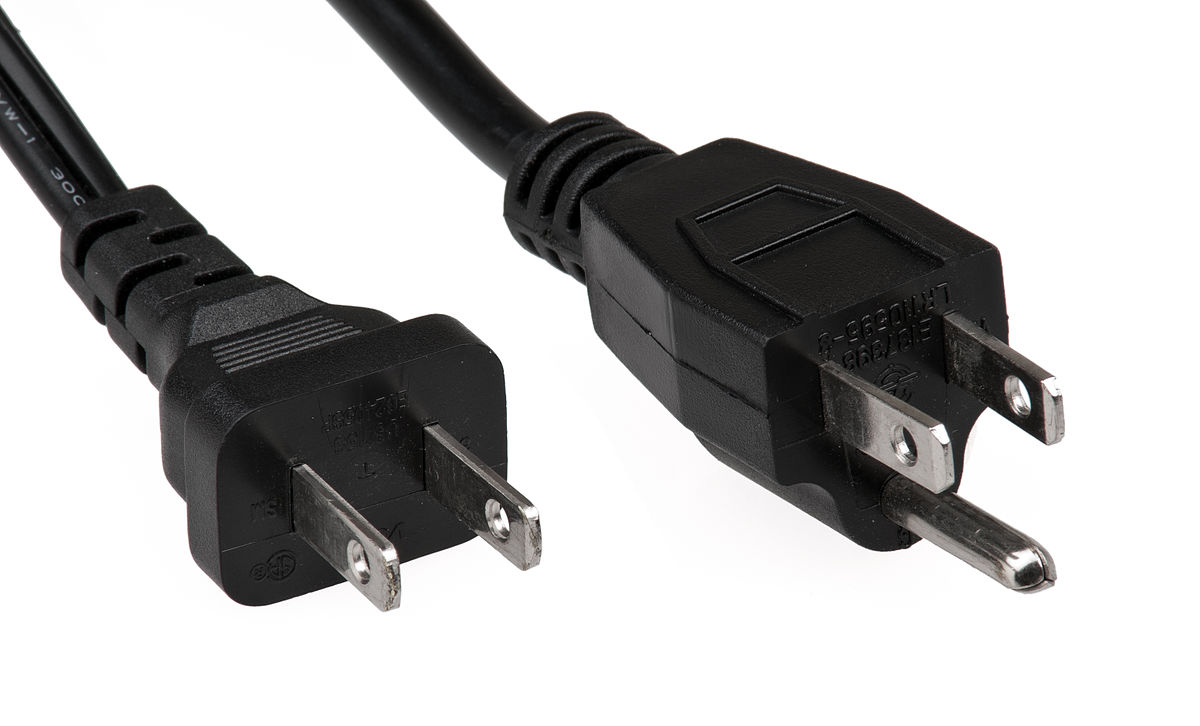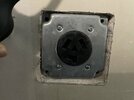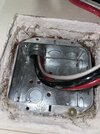Can anyone think of any reason why my house would be wired with a 50amp breaker to a nema 10-30 outlet? I’m not sure why they didn’t do a 14-50 outlet.
I’m having a few electricians come out for a quote but it’s going to be a few days. My goal is to swap out the outlet and hardwire a Tesla hpwc. Hopefully the wiring is the correct kind otherwise I give up
I’m having a few electricians come out for a quote but it’s going to be a few days. My goal is to swap out the outlet and hardwire a Tesla hpwc. Hopefully the wiring is the correct kind otherwise I give up





